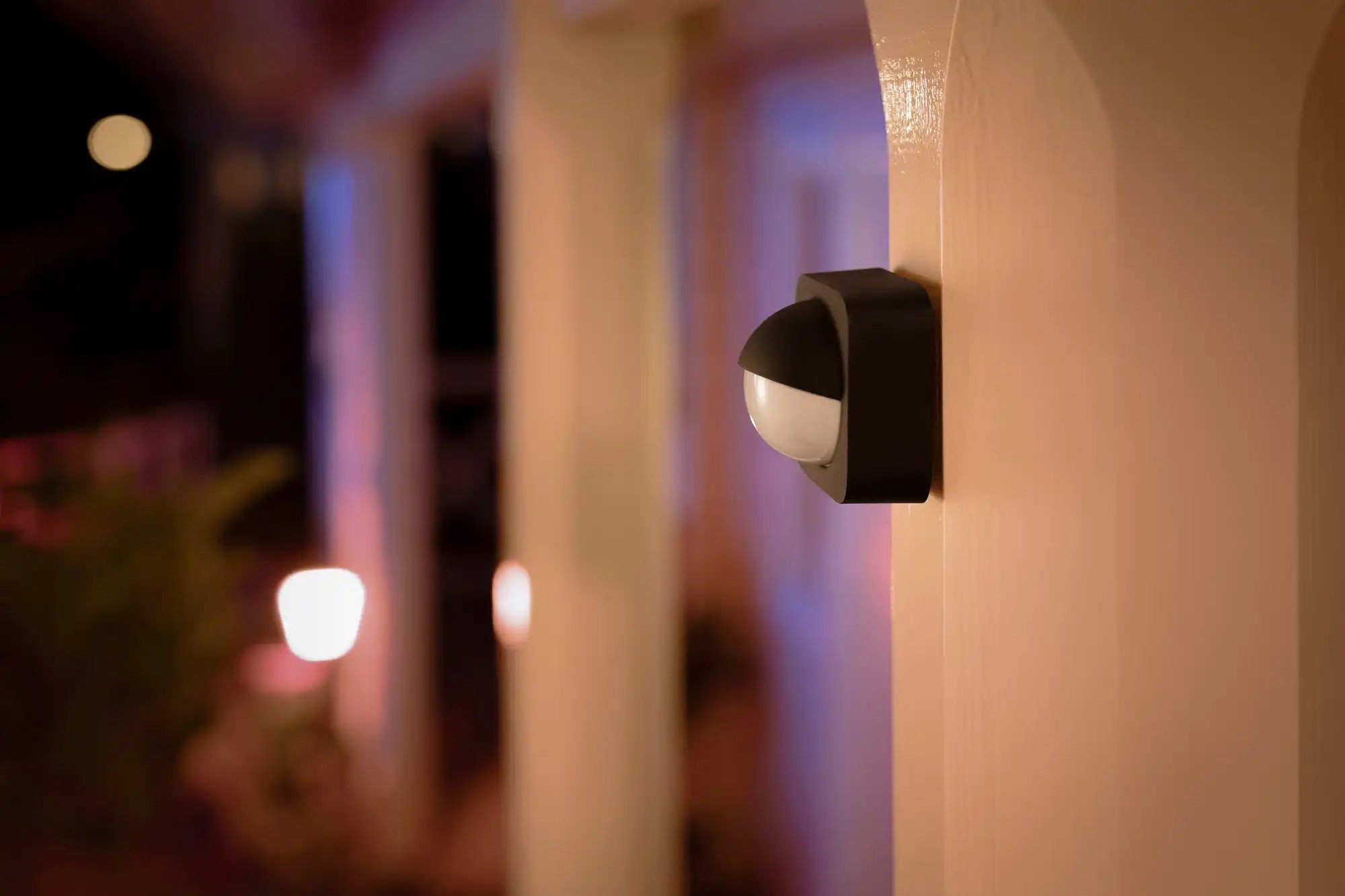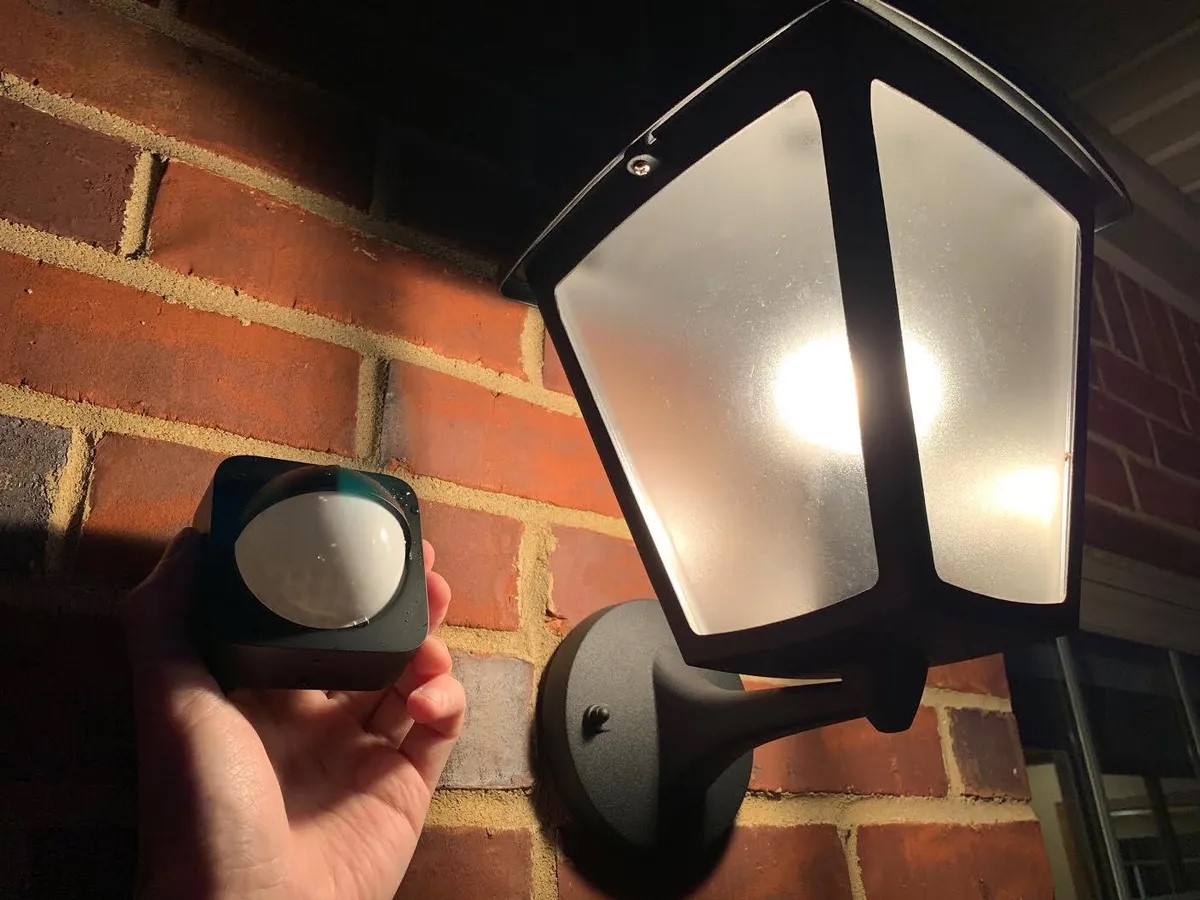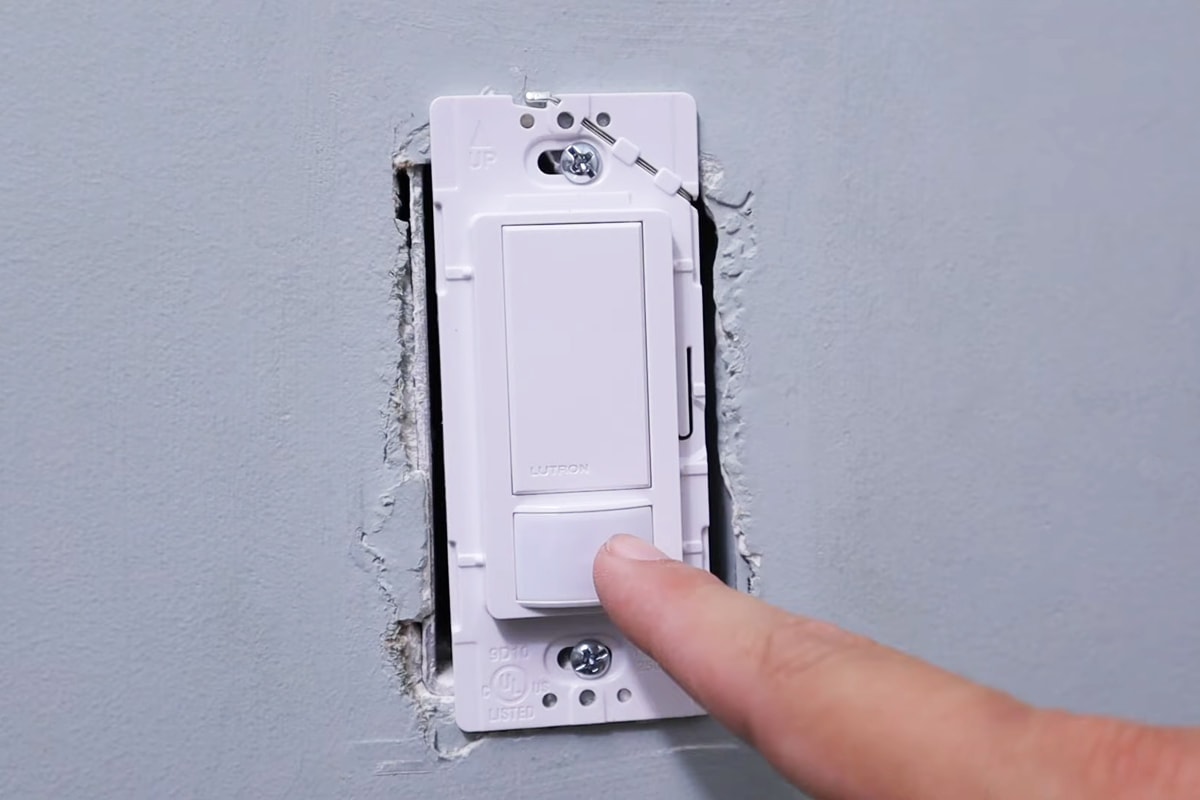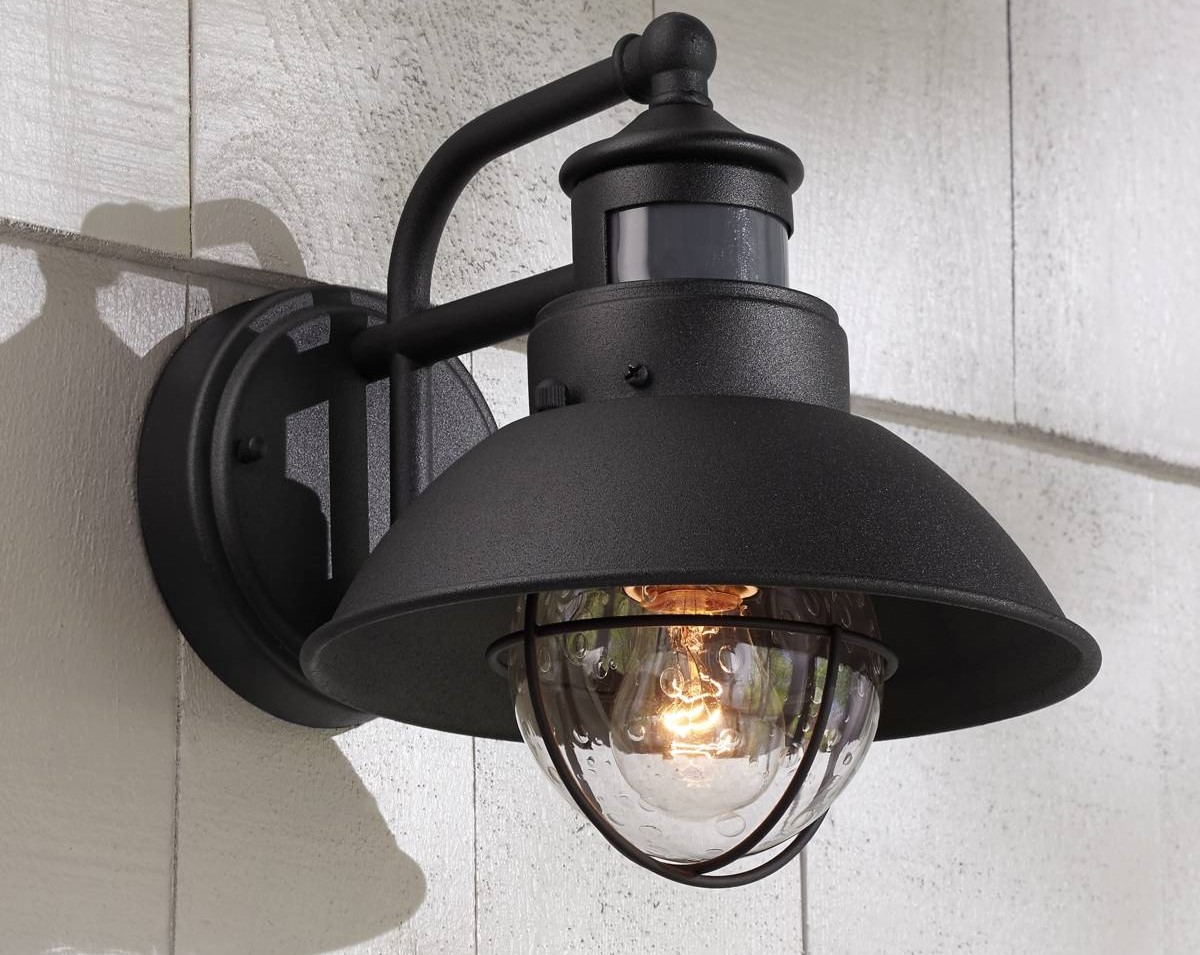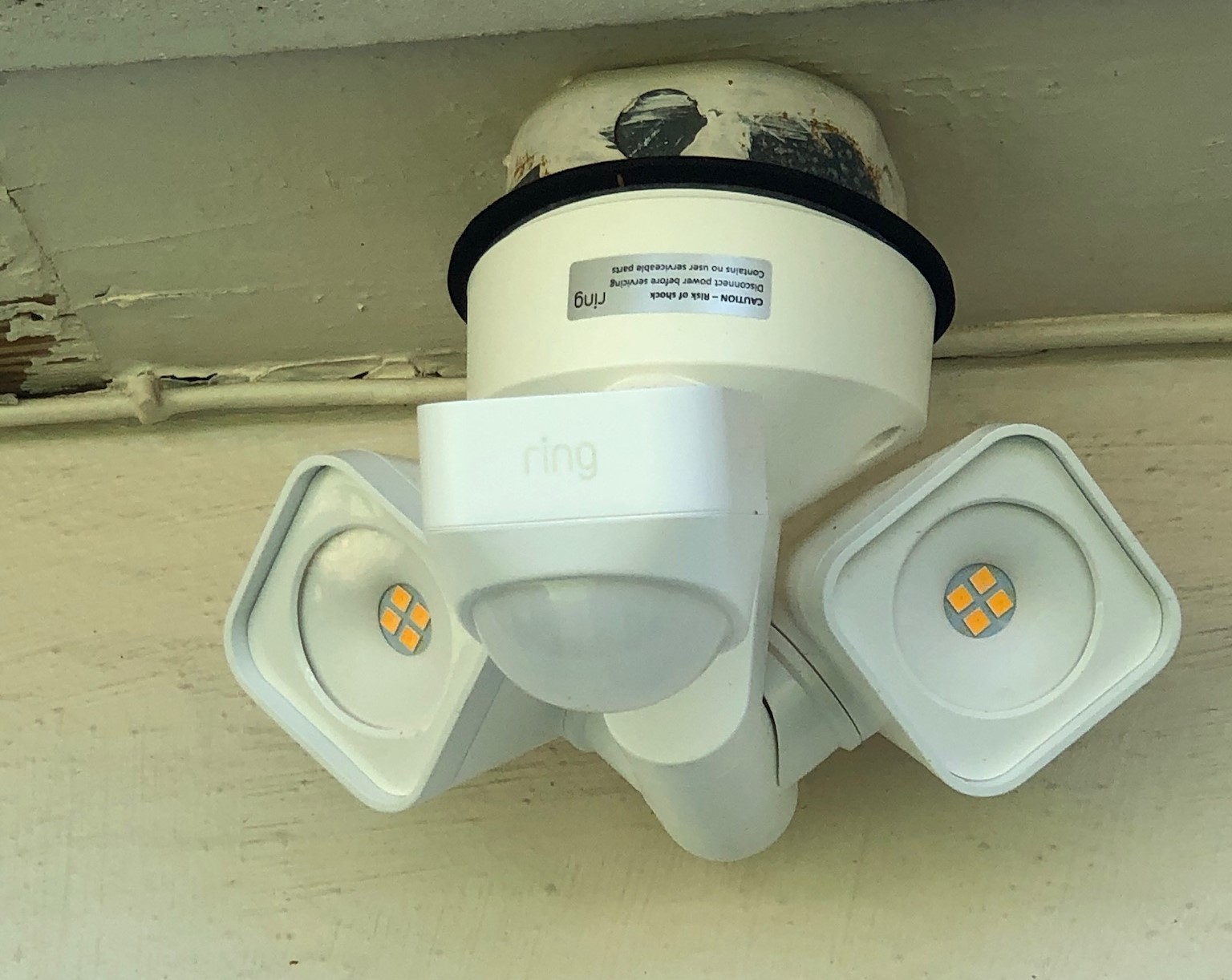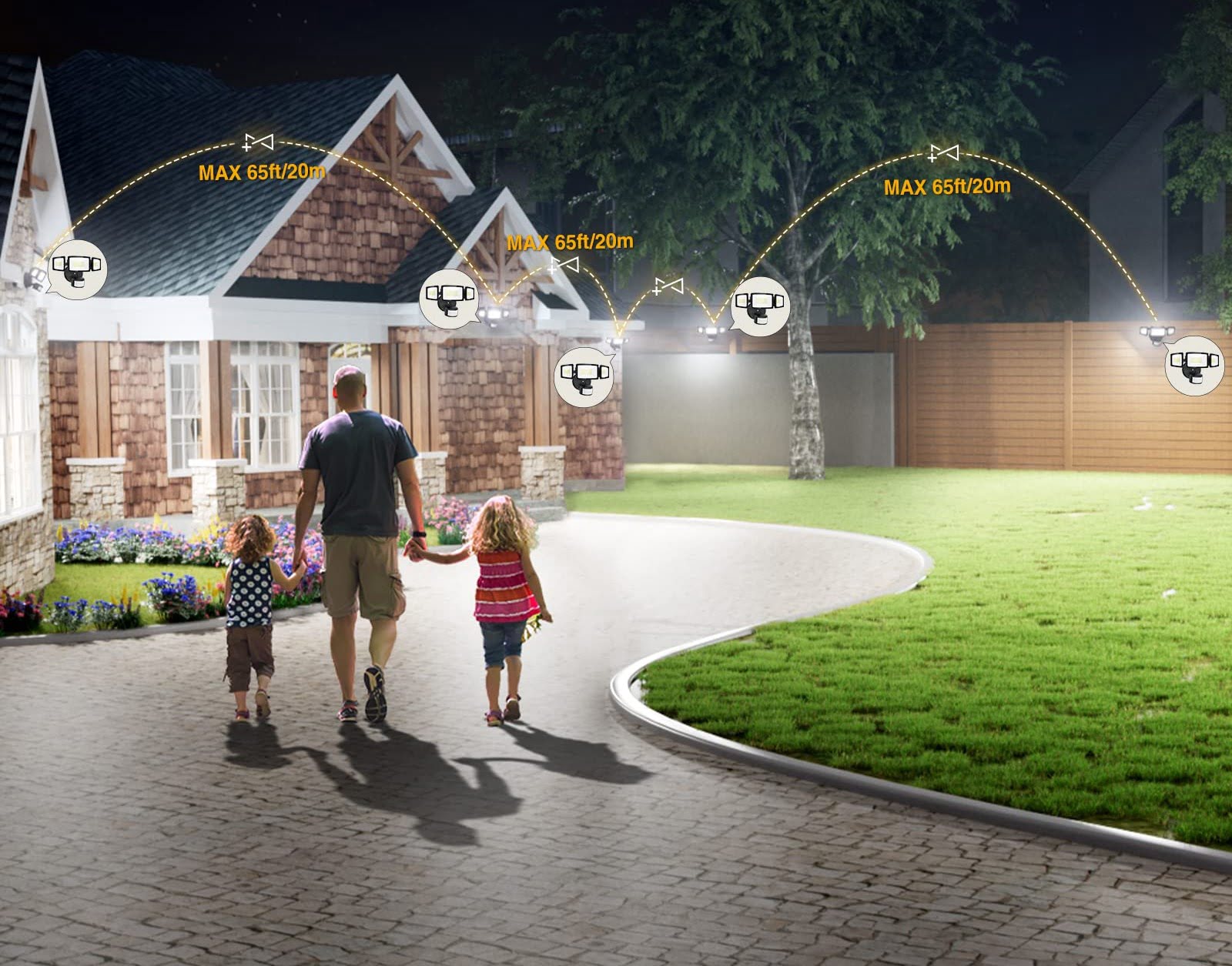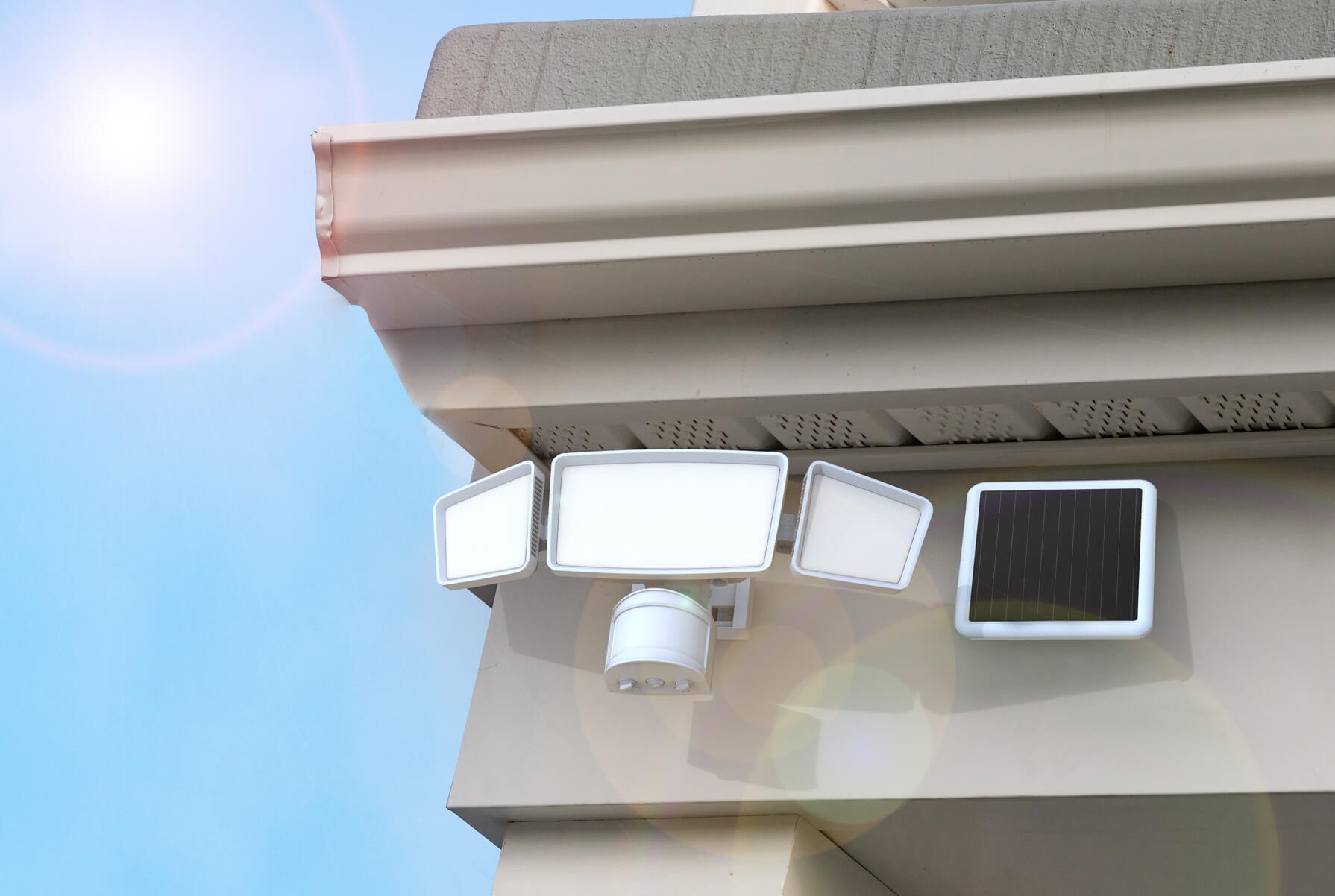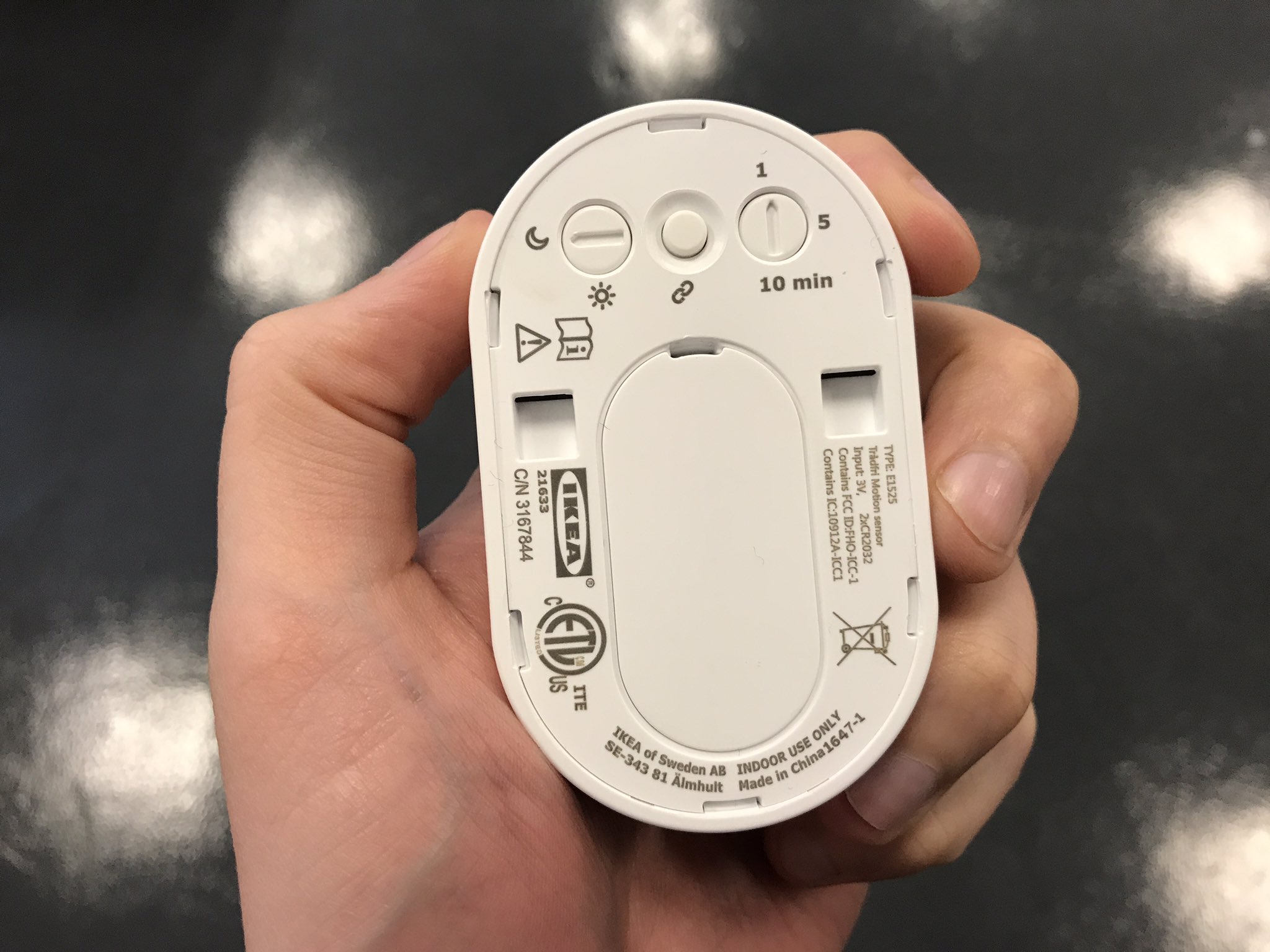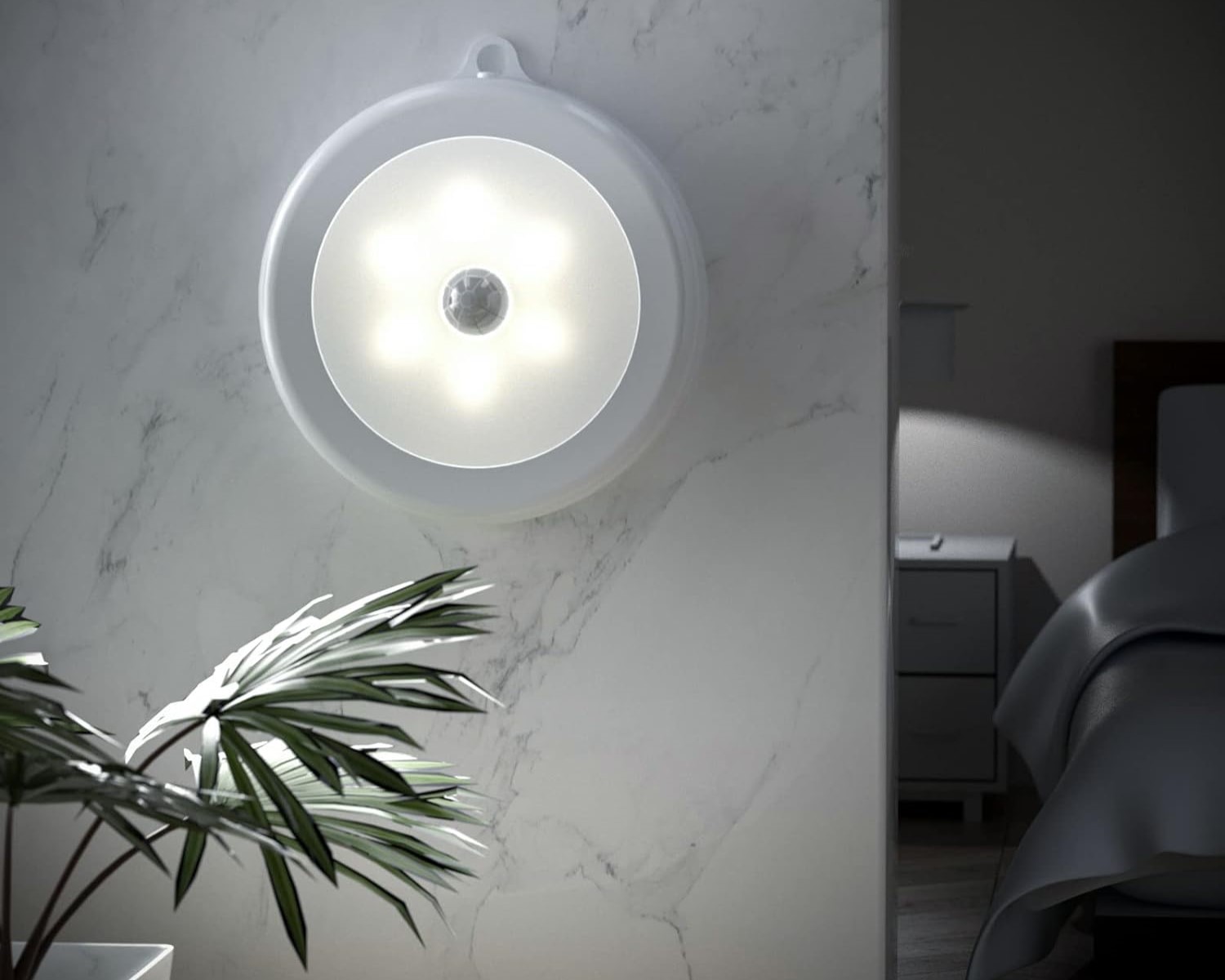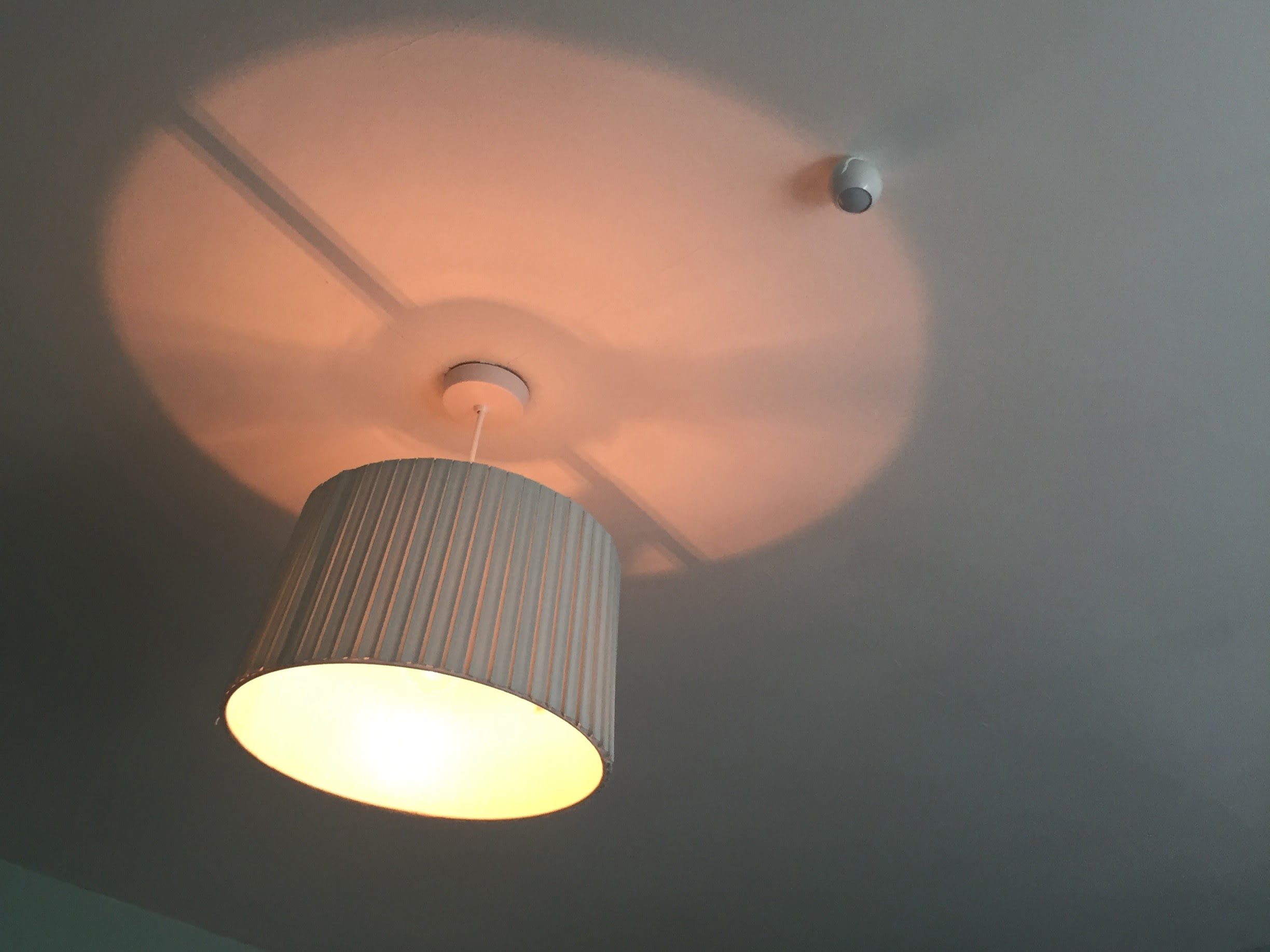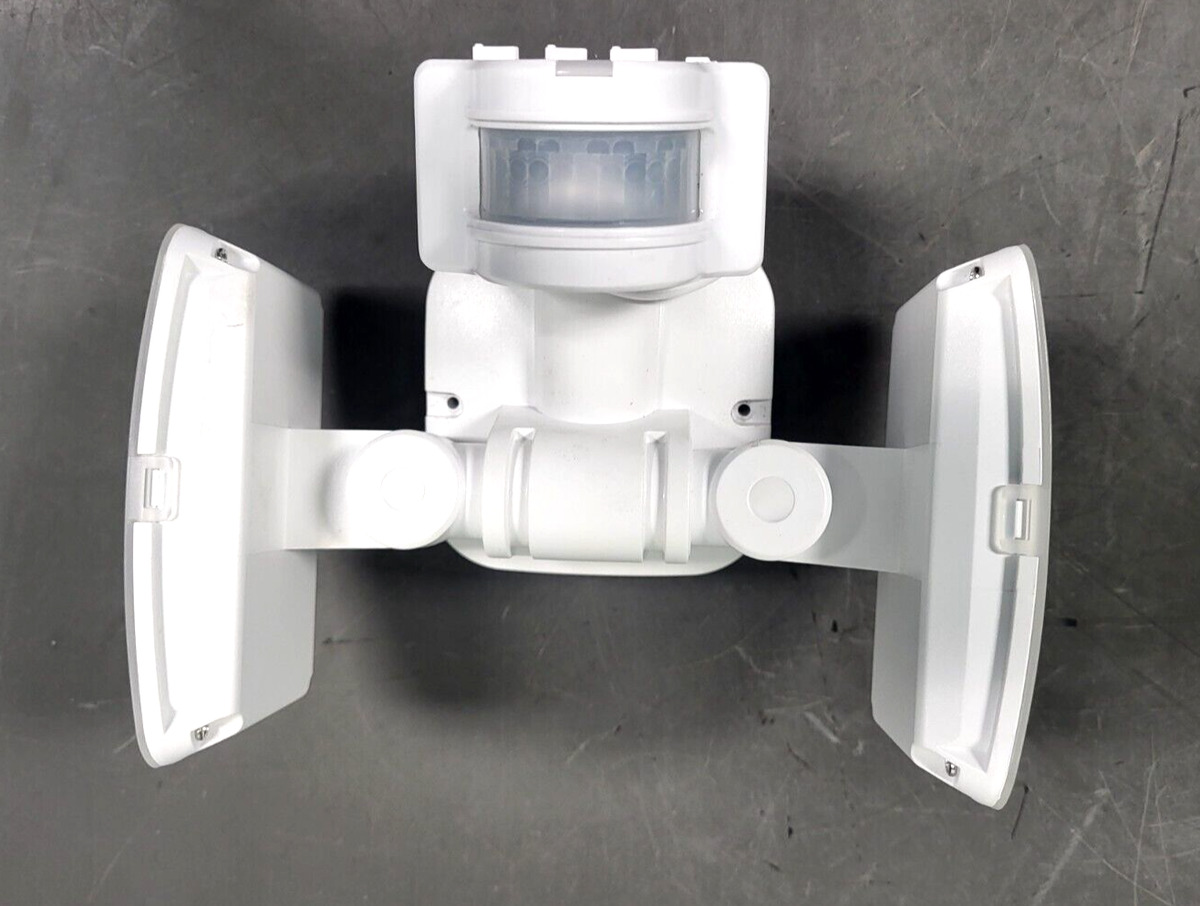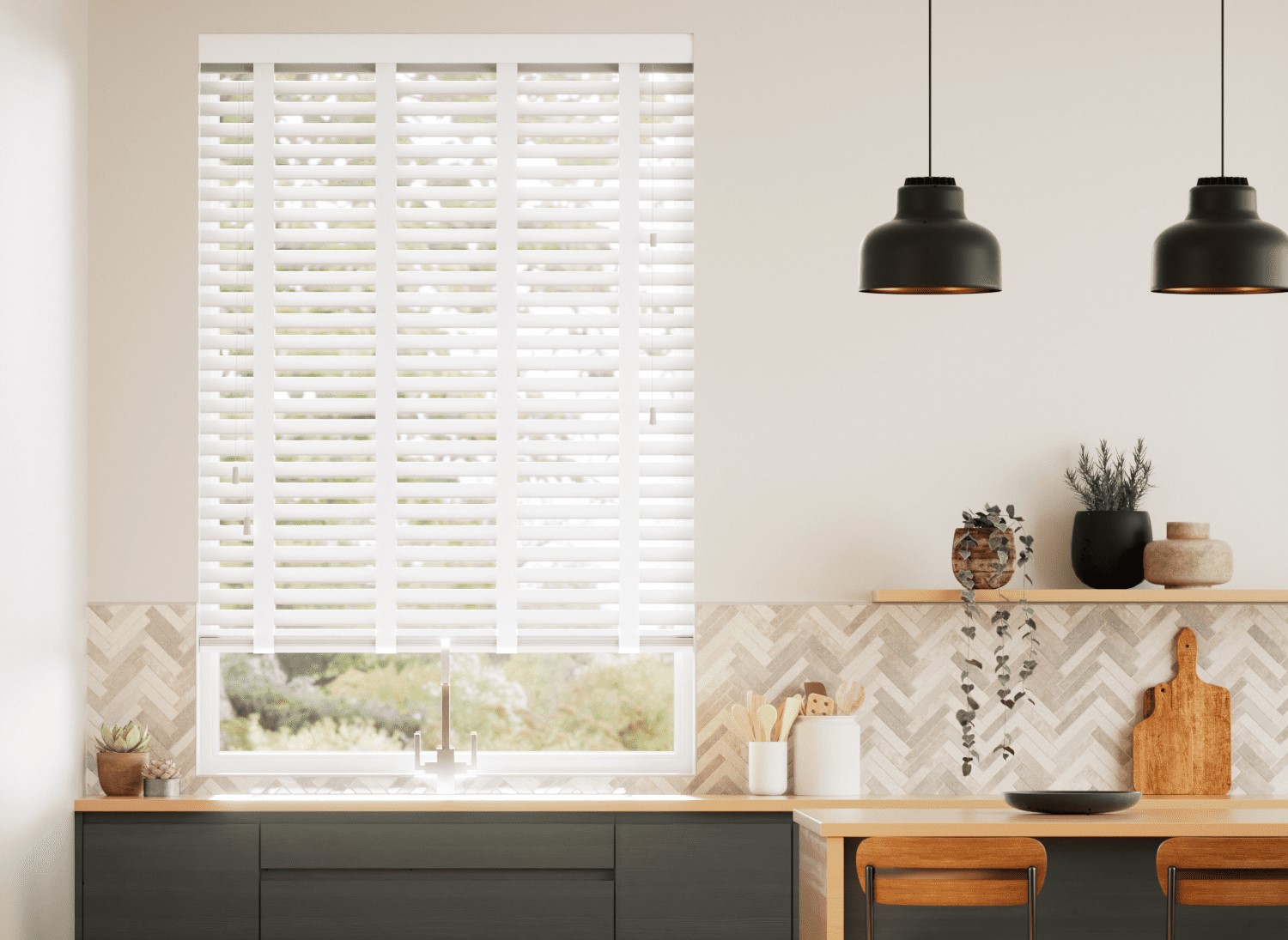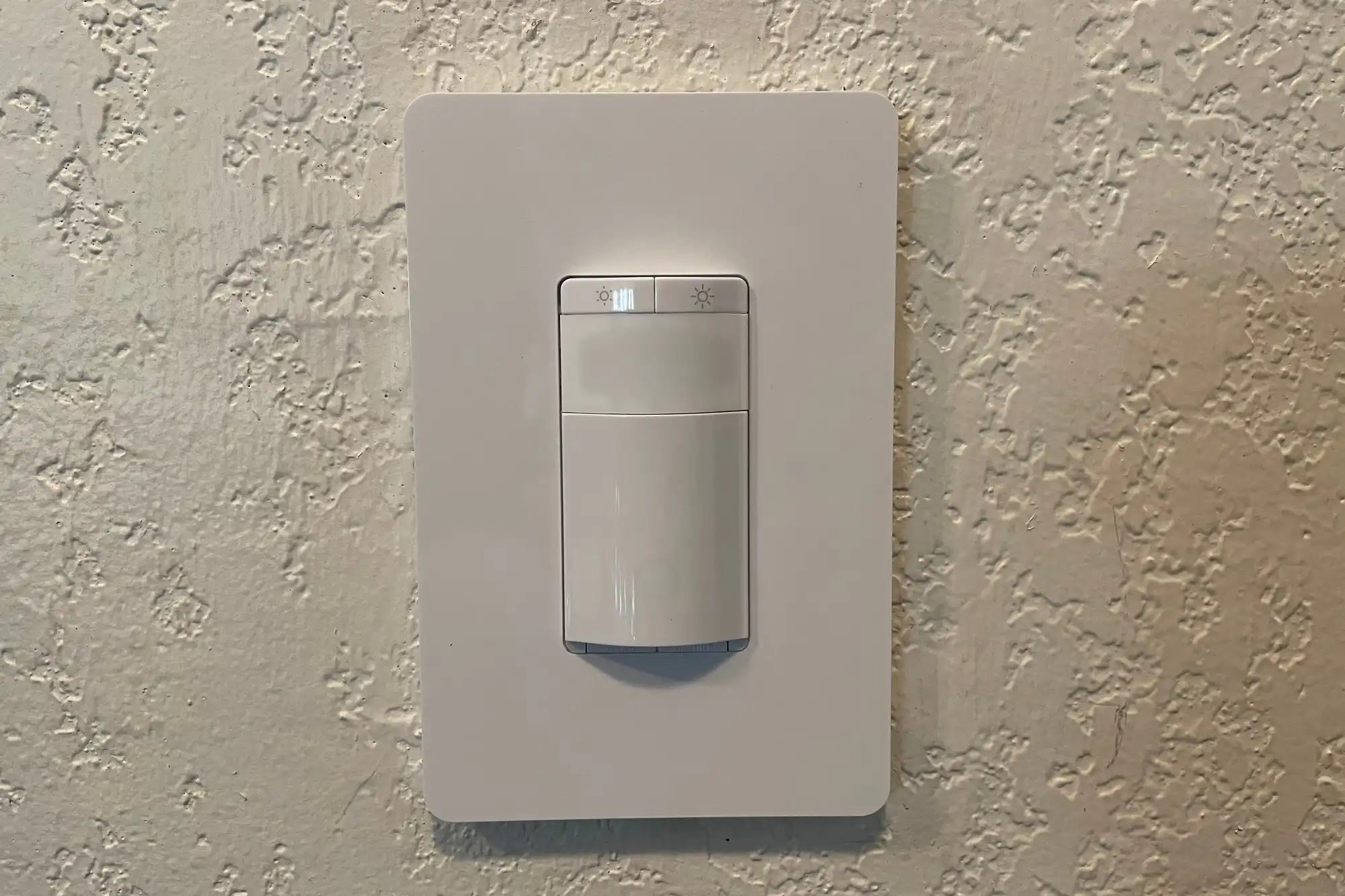Home>Home Security and Surveillance>How To Select The Right Motion Detector Light
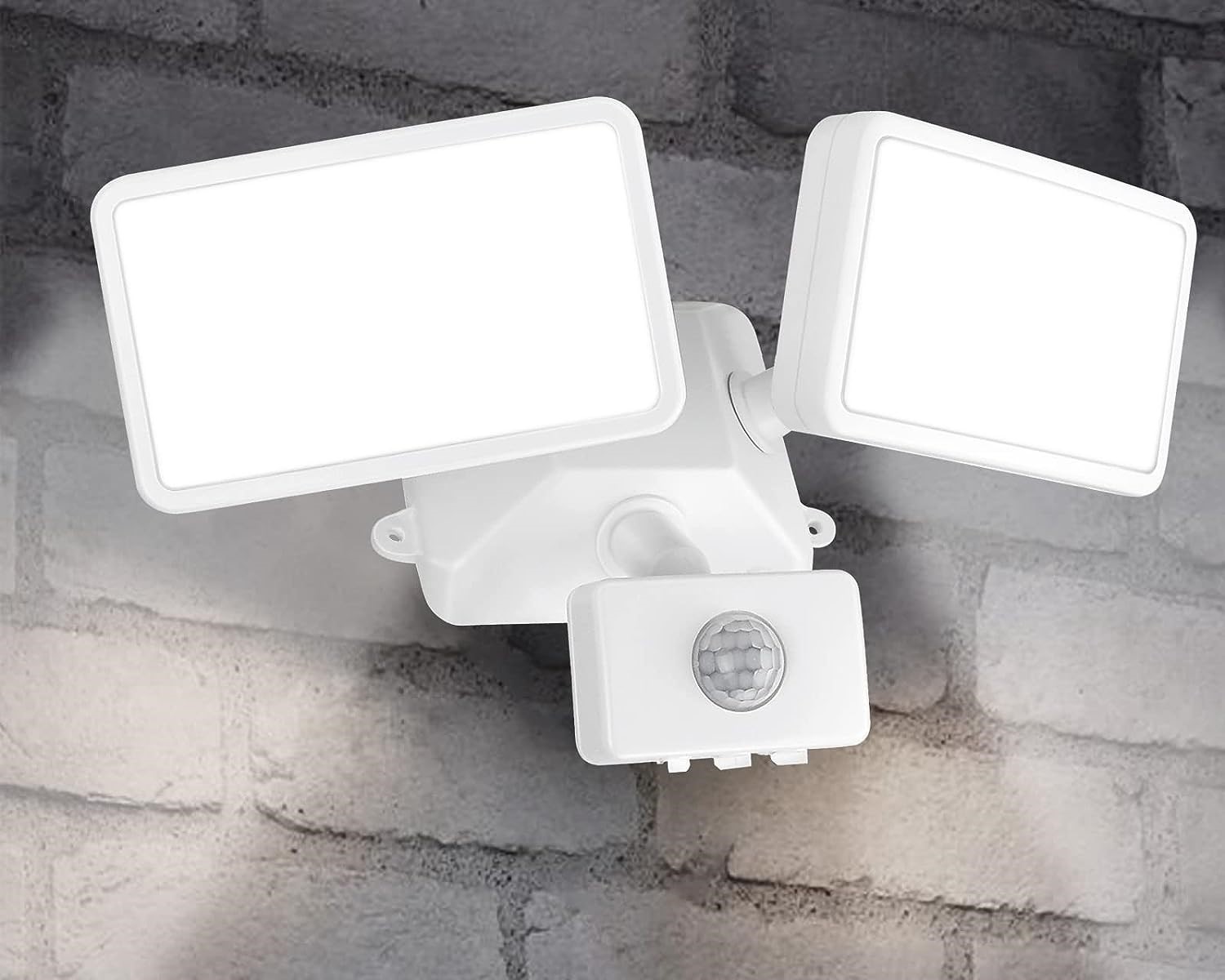

Home Security and Surveillance
How To Select The Right Motion Detector Light
Modified: October 20, 2024
Looking for a motion detector light for your home security and surveillance needs? Discover expert tips on selecting the right one and enhancing your safety.
(Many of the links in this article redirect to a specific reviewed product. Your purchase of these products through affiliate links helps to generate commission for Storables.com, at no extra cost. Learn more)
Introduction
Welcome to our comprehensive guide on how to select the right motion detector light for your home. In today’s world, home security is a top priority, and motion detector lights play a crucial role in keeping your property safe from intruders and providing enhanced visibility at night. These lights are designed to automatically turn on when they sense movement, making them an effective deterrent against potential threats. However, with various options available in the market, choosing the right motion detector light can be overwhelming.
In this article, we will walk you through the essential factors to consider when selecting motion detector lights, the different types available, range and sensitivity considerations, power source options, installation process and requirements, additional features to look for, maintenance and durability considerations, as well as popular brands and models. By the end of this guide, you will have the knowledge and confidence to make an informed decision that fits your home’s security needs.
Understanding the key aspects of motion detector lights will help you optimize your home security system and create a safer environment for you and your family. Don’t let the terminology and technical jargon hold you back – follow our guide and make the best choice for your home.
Key Takeaways:
- Motion detector lights enhance home security by automatically illuminating when they sense movement, deterring intruders and providing convenience. Consider range, sensitivity, and power source options for optimal effectiveness.
- Choose motion detector lights that suit your specific needs and property characteristics. Look for adjustable settings, weather resistance, and reputable brands like Ring, Mr. Beams, and Heath Zenith for reliable and durable options.
Read more: How To Replace A Motion Detector Light
Understanding Motion Detector Lights
Motion detector lights, also known as motion sensor lights or security lights, are a popular addition to residential and commercial properties. These lights are designed to detect movement within their range and automatically illuminate the surrounding area. They serve a dual purpose by enhancing the overall safety and security of your property.
At the core of motion detector lights is a motion sensor, which is responsible for detecting any motion or movement within its field of view. The sensor uses various technologies such as infrared, microwave, or a combination of both to detect changes in heat or movement in the vicinity. When movement is detected, the sensor triggers the light to turn on, illuminating the area for a specific period of time, typically adjustable.
One of the key advantages of motion detector lights is their ability to deter potential intruders. The sudden illumination can startle and discourage unwanted visitors by drawing attention to their presence. Additionally, these lights provide convenience and safety for homeowners by illuminating pathways, driveways, and entry points, making it easier to navigate in the dark and reducing the risk of accidents.
Furthermore, motion detector lights are energy-efficient, as they only activate when motion is detected. This ensures that the light is not left on unnecessarily, saving energy and reducing electricity costs. Moreover, most modern motion detector lights are equipped with LED bulbs, which consume significantly less energy compared to traditional incandescent or fluorescent bulbs.
It’s important to understand that motion detector lights are not meant to replace other security measures, such as surveillance cameras or alarm systems, but rather to complement them. When combined with other security components, motion detector lights provide an added layer of protection and enhance the effectiveness of your overall security system.
Now that you have a better understanding of what motion detector lights are and their benefits, it’s time to delve into the factors you should consider when selecting the right motion detector light for your home. By taking these factors into account, you can choose a motion detector light that suits your specific needs and provides optimal security and convenience.
Factors to Consider When Selecting Motion Detector Lights
Choosing the right motion detector light for your needs requires careful consideration of various factors. To ensure that you make the best choice, here are some key factors to keep in mind:
- Range and Coverage: The range of a motion detector light refers to the distance at which it can detect motion. Consider the size of the area you want to cover and choose a light with an appropriate range to ensure that it detects motion effectively and illuminates the desired area.
- Sensitivity: Sensitivity refers to how easily the motion detector light responds to motion. Ensure that the sensitivity level can be adjusted to avoid false triggers from small animals or other non-threatening movements.
- Lighting Duration: Look for lights that offer customizable lighting duration settings. This allows you to adjust how long the light stays on after motion is detected, giving you control over how long the area remains illuminated.
- Weather Resistance: Choose motion detector lights that are designed to withstand various weather conditions. Look for lights with an IP (Ingress Protection) rating to ensure they are resistant to water, dust, and other environmental factors.
- Power Source: Consider the available power source options for the motion detector lights. They can be hardwired into your electrical system, battery-powered, or solar-powered. Each option has its advantages and considerations, such as installation requirements and ongoing maintenance.
- Compatibility with Other Devices: If you have an existing home security system or plan to incorporate one in the future, ensure that the motion detector lights are compatible with your system. This allows for seamless integration and centralized control.
- Design and Aesthetics: Motion detector lights come in various designs and styles. Consider the aesthetics of your home and choose lights that blend well with the architectural design and exterior decor.
- Budget: Set a budget for your motion detector lights and look for options that provide the best value for your money. Remember to factor in the long-term savings in energy costs when opting for energy-efficient LED lights.
By considering these factors, you can narrow down your options and choose motion detector lights that meet your specific requirements. Keep in mind that the ideal choice may vary depending on your location, property size, and personal preferences. Conduct thorough research, read customer reviews, and consult with professionals if needed to make an informed decision.
In the next section, we will explore the different types of motion detector lights available in the market, helping you understand their unique features and advantages to further refine your selection process.
Available Types of Motion Detector Lights
When it comes to motion detector lights, there are several types available, each with its own unique features and advantages. Understanding these different types will help you choose the one that best suits your needs. Here are the most common types of motion detector lights:
- Outdoor Floodlights: Outdoor floodlights are the most popular and widely used type of motion detector lights. They provide a broad, intense beam of light that covers a large area. These lights are ideal for illuminating driveways, yards, and large outdoor spaces. Outdoor floodlights are typically mounted on walls or eaves and offer adjustable range, sensitivity, and lighting duration settings.
- Outdoor Wall Lanterns: Outdoor wall lanterns combine the functionality of motion detection with the aesthetic appeal of traditional outdoor lanterns. These lights are designed to be mounted on walls, fences, or pillars. They often feature a decorative design that adds charm to your outdoor space. Outdoor wall lanterns are commonly used for illuminating entryways, patio areas, and decks.
- Solar-Powered Lights: Solar-powered motion detector lights harness the power of the sun to provide illumination. These lights have a built-in solar panel that charges a rechargeable battery during the day. They are eco-friendly and do not require any electrical wiring. Solar-powered lights are best suited for areas with abundant sunlight and are an excellent option for energy-conscious homeowners.
- Battery-Powered Lights: Battery-powered motion detector lights are convenient and versatile. They operate on replaceable batteries and can be installed anywhere without the need for electrical wiring. These lights are ideal for areas where accessing an electrical power source is challenging. While battery-powered lights offer flexibility, it’s important to regularly check and replace the batteries to ensure optimal performance.
- Indoor Motion Sensor Lights: Indoor motion sensor lights are designed for indoor use and are commonly used in closets, hallways, or entryways. They can be battery-powered or connected to an electrical outlet. These lights provide convenience by automatically turning on when motion is detected, eliminating the need to fumble for light switches in the dark.
- Smart Motion Sensor Lights: Smart motion sensor lights can be controlled remotely through a smart home system or mobile app. These lights offer advanced features such as scheduling, integration with other smart devices, and the ability to adjust settings from anywhere. They provide convenience and allow for customized control over your lighting system.
Consider your specific requirements and the intended location for the motion detector lights when choosing the type that best fits your needs. Each type has its own advantages and considerations, so it’s important to evaluate them based on factors such as installation ease, power source, and intended use.
Now that you are familiar with the different types of motion detector lights, let’s move on to the next section where we will discuss range and sensitivity considerations to ensure optimal performance and effectiveness.
Range and Sensitivity Considerations
When selecting motion detector lights, it’s important to consider their range and sensitivity features. These factors determine how effectively the lights will detect motion and illuminate the surrounding area. Here are some key considerations:
1. Range: The range of a motion detector light refers to the distance at which it can detect motion. It is typically measured in feet or meters. The range you need will depend on the size of the area you want to cover. If you want to illuminate a large outdoor space, such as a backyard or driveway, you’ll need a light with a longer range. On the other hand, for smaller areas like a porch or a walkway, a shorter range may suffice.
2. Sensitivity: Sensitivity determines how easily the motion detector light responds to motion. A highly sensitive light may trigger with minimal movement, such as a passing animal or rustling leaves. On the other hand, a lower sensitivity setting will require more significant movement to activate the light. It’s crucial to find the right balance between sensitivity and false triggers, ensuring that the light is triggered only when necessary.
3. Adjustable Settings: Look for motion detector lights that offer adjustable range and sensitivity settings. Having the ability to fine-tune these settings allows you to customize the light’s behavior to suit your specific needs. For example, you may want to increase sensitivity in high-risk areas or decrease it in areas prone to false triggers, such as near trees or bushes.
4. Dual-Zone Technology: Some advanced motion detector lights utilize dual-zone technology. This feature divides the detection range into two zones, usually near and far zones. By doing so, it helps reduce false triggers caused by movement outside the desired area. Dual-zone technology enhances the accuracy and reliability of the motion detection system.
5. Test Mode: Look for motion detector lights that have a test mode. This feature allows you to test the sensitivity, range, and coverage of the light before permanently installing it. Testing the light’s performance helps ensure that it effectively detects motion and illuminates the desired area, giving you peace of mind.
When considering range and sensitivity, it’s essential to find a balance that meets your security needs without causing unnecessary false alarms. Assess the specific requirements of your property and consider any unique factors that may affect the effectiveness of the motion detection system.
In the next section, we will explore different power source options for motion detector lights, allowing you to choose the one that best fits your installation needs and preferences.
Read more: How To Reset Motion Detector Lights
Power Source Options
When selecting motion detector lights, one crucial consideration is the power source. The power source you choose will determine the installation process, ongoing maintenance, and overall convenience of the lights. Here are the primary power source options for motion detector lights:
- Hardwired: Hardwired motion detector lights are directly connected to your home’s electrical system. These lights require professional installation and may involve running wiring through your walls and fixtures. Hardwired lights provide a reliable and constant power source, ensuring consistent operation. However, they require access to electrical wiring and may not be suitable for areas where installing wiring is challenging.
- Battery-Powered: Battery-powered motion detector lights operate on replaceable batteries, eliminating the need for electrical wiring. These lights are easy to install and can be placed anywhere, making them a versatile option. However, it’s important to monitor battery levels and replace them as needed to maintain optimal performance. Battery-powered lights are ideal for areas without access to electrical power or for those who prefer a simple and portable lighting solution.
- Solar-Powered: Solar-powered motion detector lights rely on sunlight to charge a built-in rechargeable battery. These lights are environmentally friendly and offer energy-efficient operation. They are easy to install and do not require electrical wiring, making them a popular choice for outdoor areas. Solar-powered lights are best suited for locations with ample sunlight exposure. However, they may have slightly limited performance during cloudy or rainy periods.
Choosing the right power source depends on factors such as the location of the lights, accessibility to electrical power, and personal preferences. Consider the following when deciding on a power source:
Installation Convenience: Battery-powered and solar-powered lights offer greater installation flexibility since they do not require electrical wiring. This makes them suitable for various locations and reduces installation costs.
Reliability: Hardwired lights provide a consistent and reliable power source since they are directly connected to your electrical system. Battery-powered lights may require regular battery replacements, and solar-powered lights may experience reduced performance during periods of low sunlight.
Long-Term Costs: Hardwired lights have lower long-term maintenance costs since they do not require battery replacements or solar panel maintenance. Battery-powered lights incur ongoing costs for battery replacements, while solar-powered lights have minimal ongoing costs as they rely on renewable solar energy.
Consider your specific needs and the availability of power sources in the areas where you plan to install motion detector lights. Choosing the right power source will ensure convenient installation, reliable operation, and optimal performance.
Next, we will explore the installation process and requirements for motion detector lights, providing you with the necessary guidelines for successful installation.
When selecting a motion detector light, consider the range and sensitivity of the motion sensor to ensure it covers the area you want to monitor. Also, look for adjustable settings to customize the light’s activation.
Installation Process and Requirements
Proper installation of motion detector lights is crucial to their effectiveness and performance. While the installation process may vary depending on the specific type and model of the lights, here are some general guidelines and requirements to keep in mind:
1. Read the Instructions: Before starting the installation, carefully read and understand the manufacturer’s instructions provided with the motion detector lights. Familiarize yourself with the specific steps, requirements, and safety precautions mentioned in the manual.
2. Choose the Location: Select the optimal location for installing the motion detector lights. Consider the areas that require illumination, such as entryways, walkways, or dark corners. Ensure that the lights have an unobstructed field of view for motion detection and sufficient proximity to a power source if applicable.
3. Mounting Surface: Ensure that the mounting surface is sturdy and can support the weight of the light. For outdoor lights, choose a surface that can withstand exposure to the elements, such as weatherproof siding or outdoor walls. Indoor lights can be mounted on any suitable surface within the intended area.
4. Wiring or Connection: If installing hardwired motion detector lights, follow the electrical wiring guidelines provided by the manufacturer. Consult a licensed electrician if needed. For battery-powered or solar-powered lights, simply mount them according to the manufacturer’s instructions and follow any necessary battery installation steps.
5. Adjust Settings: Set the desired range, sensitivity, and lighting duration settings according to your specific requirements. This ensures that the lights respond appropriately to motion and provide adequate illumination for the intended area.
6. Test the Lights: After installation, test the motion detection functionality to ensure that the lights activate as expected. Walk within the detection range of the lights and observe if they turn on and illuminate the area properly.
7. Maintenance and Inspection: Regularly inspect and maintain the motion detector lights to ensure their optimal performance. Clean the lights and the motion sensors periodically to remove any dirt or debris that may affect their operation. If using battery-powered lights, replace the batteries as needed.
It’s important to note that if you are unsure or uncomfortable with the installation process, it is recommended to seek professional assistance from an electrician or a qualified technician.
By following these installation guidelines and adhering to the manufacturer’s instructions, you can ensure that your motion detector lights are installed correctly and provide the desired security and illumination for your property.
In the next section, we will discuss additional features and functionality to look for when selecting motion detector lights to further enhance your home security system.
Additional Features and Functionality to Look For
When selecting motion detector lights, there are several additional features and functionalities that can enhance the security and convenience of your lighting system. Consider the following features when making your decision:
1. Adjustable Settings: Look for lights that offer adjustable settings for range, sensitivity, and lighting duration. Customizing these settings allows you to tailor the lights’ behavior to suit your specific needs and preferences.
2. Dual Lighting Modes: Some motion detector lights offer dual lighting modes, allowing you to choose between continuous low-level lighting for accent purposes and brighter illumination when motion is detected. This feature provides improved visibility and allows for energy-efficient operation when full illumination is not required.
3. Daylight Sensing: Lights with daylight sensing capabilities automatically disable the motion detection during daylight hours, conserving energy and preventing unnecessary activation. This feature ensures that the lights only operate when they are needed, such as during nighttime or low-light conditions.
4. Adjustable Heads or Swivel Mounts: Lights with adjustable heads or swivel mounts provide flexibility in directing the light beam to the desired area. This feature enables you to customize the coverage and focus of the illumination, enhancing the overall effectiveness of the lights.
5. Integrated Security Cameras: Some advanced motion detector lights come with integrated security cameras. These lights offer both motion detection and video surveillance capabilities, providing a comprehensive security solution in one device. Integrated cameras can capture video footage of any detected motion, enhancing the security and monitoring capabilities of your property.
6. Wireless Connectivity: Lights with wireless connectivity can be integrated into a smart home system or connected to mobile apps. This feature allows for remote control, scheduling, and integration with other smart devices, providing convenient control and enhancing the automation and functionality of your home security system.
7. Dusk-to-Dawn Feature: Lights with a dusk-to-dawn feature automatically turn on at dusk and turn off at dawn. This convenient feature ensures that the lights operate without the need for manual intervention, providing continuous security and illumination during nighttime hours.
Consider your specific security and convenience needs when selecting motion detector lights. Evaluate the available features and functionalities to determine the ones that align with your requirements and preferences. It’s important to strike a balance between the features you want and your budget constraints.
Next, we will delve into maintenance and durability considerations for motion detector lights, helping you ensure their long-term performance and reliability.
Maintenance and Durability Considerations
Motion detector lights require regular maintenance to ensure their optimal performance and longevity. Considering the following maintenance and durability factors will help you choose lights that can withstand outdoor elements and require minimal upkeep:
1. Weather Resistance: Look for motion detector lights that are designed to withstand various weather conditions. Lights with an IP (Ingress Protection) rating provide protection against water, dust, and other environmental factors. This ensures that the lights remain functional and durable even in harsh weather conditions.
2. Material Quality: Consider lights made from high-quality and durable materials such as aluminum or weather-resistant plastics. These materials are less likely to corrode or degrade over time, ensuring the longevity of the lights.
3. Sealed Design: Lights with a sealed design offer additional protection against moisture, dust, and insects. The sealed construction helps prevent internal damage and improves the overall durability of the lights.
4. Easy Access for Maintenance: Opt for lights that provide easy access to the bulbs, batteries, or other components for maintenance and replacements. This ensures that routine maintenance tasks, such as bulb or battery changes, can be done effortlessly without the need for complex disassembly.
5. Regular Cleaning: Regularly clean the lights and motion sensors from dust, dirt, and debris that may accumulate over time. This helps maintain the sensitivity and performance of the motion detection system. Avoid using harsh chemicals or abrasive cleaning materials that may damage the lights.
6. Test and Replace Components: Periodically test the motion detection functionality of the lights to ensure they are working properly. Replace any faulty components, such as bulbs or batteries, to maintain optimal performance. Regularly check and tighten any loose connections or components that may affect the functionality of the lights.
7. Warranty and Customer Support: Consider purchasing motion detector lights from reputable brands that offer a warranty and reliable customer support. A warranty provides added peace of mind and indicates that the manufacturer stands behind the quality and durability of their product. Reliable customer support can assist you with any troubleshooting or maintenance questions you may have.
By considering these maintenance and durability factors, you can choose motion detector lights that are built to last and require minimal upkeep. Regular maintenance will help ensure the lights continue to provide the desired security and illumination for your property, giving you peace of mind.
In the next section, we will highlight some popular brands and models of motion detector lights that can serve as a starting point in your search.
Read more: How To Activate Motion Detector On A Light
Popular Brands and Models
When it comes to motion detector lights, there are several reputable brands known for their quality, reliability, and innovation in the market. Here are some popular brands and models that you may consider during your search:
1. Ring: Ring offers a range of motion-activated security lights that integrate seamlessly with their home security systems. Their Floodlight Cam combines motion detection, floodlights, and a security camera into one device. The Ring Spotlight Cam is another popular option that provides motion detection and a built-in camera for video surveillance.
2. Mr. Beams: Mr. Beams specializes in battery-powered motion sensor lights designed for easy installation and versatility. Their lights offer long battery life and a wide range of models, including outdoor spotlights, pathway lights, and indoor motion sensor lights.
3. Heath Zenith: Heath Zenith is a well-known brand providing motion detector lights with various features and styles. They offer a range of outdoor security lights, including floodlights, wall lanterns, and dual detection lights with a combination of motion and dusk-to-dawn sensing.
4. LEONLITE: LEONLITE offers a wide selection of motion detector lights suitable for both indoor and outdoor use. Their lights come in different styles and feature adjustable settings for range and sensitivity. LEONLITE is known for its durable and energy-efficient motion sensor lights.
5. Maximus: Maximus offers stylish and modern motion-activated outdoor lighting solutions. Their products combine motion detection with video surveillance, allowing you to monitor your property through a smartphone app. The Maximus Craftsman Smart Security Light and the Maximus Traditional Smart Security Light are popular options.
6. Defiant: Defiant offers affordable and reliable motion detector lights for both residential and commercial use. Their lights come in various designs and provide adjustable settings for sensitivity, range, and lighting duration.
These are just a few examples of popular brands and models in the market. It’s essential to research and compare different brands, read customer reviews, and consider your specific requirements before making a final selection.
Now that you’re familiar with popular brands and models, it’s time to conclude our comprehensive guide on selecting the right motion detector lights for your home security needs.
Conclusion
Choosing the right motion detector lights for your home security and surveillance needs is an important decision. By considering the various factors we discussed in this guide, you can make an informed choice that enhances the safety, convenience, and overall effectiveness of your lighting system. Remember to balance features, power source options, installation requirements, and maintenance considerations to find the perfect fit for your specific requirements.
Understanding the purpose and benefits of motion detector lights is crucial in optimizing your home security. These lights provide a deterrent against potential threats, enhance visibility at night, and complement other security measures such as surveillance cameras and alarm systems. With the right motion detector lights in place, you create a safer environment for you and your loved ones.
When selecting motion detector lights, consider factors such as range, sensitivity, lighting duration, weather resistance, power source options, and additional features like adjustable settings, dual lighting modes, and integrated security cameras. By carefully evaluating these aspects, you can choose lights that align with your security needs, budget, and installation requirements.
Remember to read the manufacturer’s instructions, follow the proper installation process, and conduct regular maintenance to ensure optimal performance. Clean the lights and motion sensors periodically, test their functionality, and make any necessary replacements or adjustments. This ongoing maintenance will ensure that your motion detector lights provide reliable performance year after year.
There are various reputable brands and models of motion detector lights available in the market, including Ring, Mr. Beams, Heath Zenith, LEONLITE, Maximus, and Defiant. These brands offer a range of options that cater to different preferences and budgets. Do your research, read customer reviews, and consider the specific features and functionality that align with your security goals.
With the right motion detector lights installed, you can enhance the security of your home, deter potential intruders, and enjoy added convenience and peace of mind. Remember to consider your specific needs, assess the characteristics of your property, and make a well-informed decision that suits your unique requirements.
We hope this comprehensive guide has provided you with valuable insights and guidance in selecting the right motion detector lights. By taking the time to understand your options and considering the factors outlined in this guide, you can create a safer and more secure environment for you and your family.
Frequently Asked Questions about How To Select The Right Motion Detector Light
Was this page helpful?
At Storables.com, we guarantee accurate and reliable information. Our content, validated by Expert Board Contributors, is crafted following stringent Editorial Policies. We're committed to providing you with well-researched, expert-backed insights for all your informational needs.
